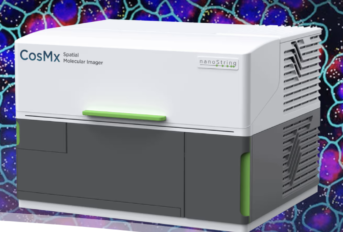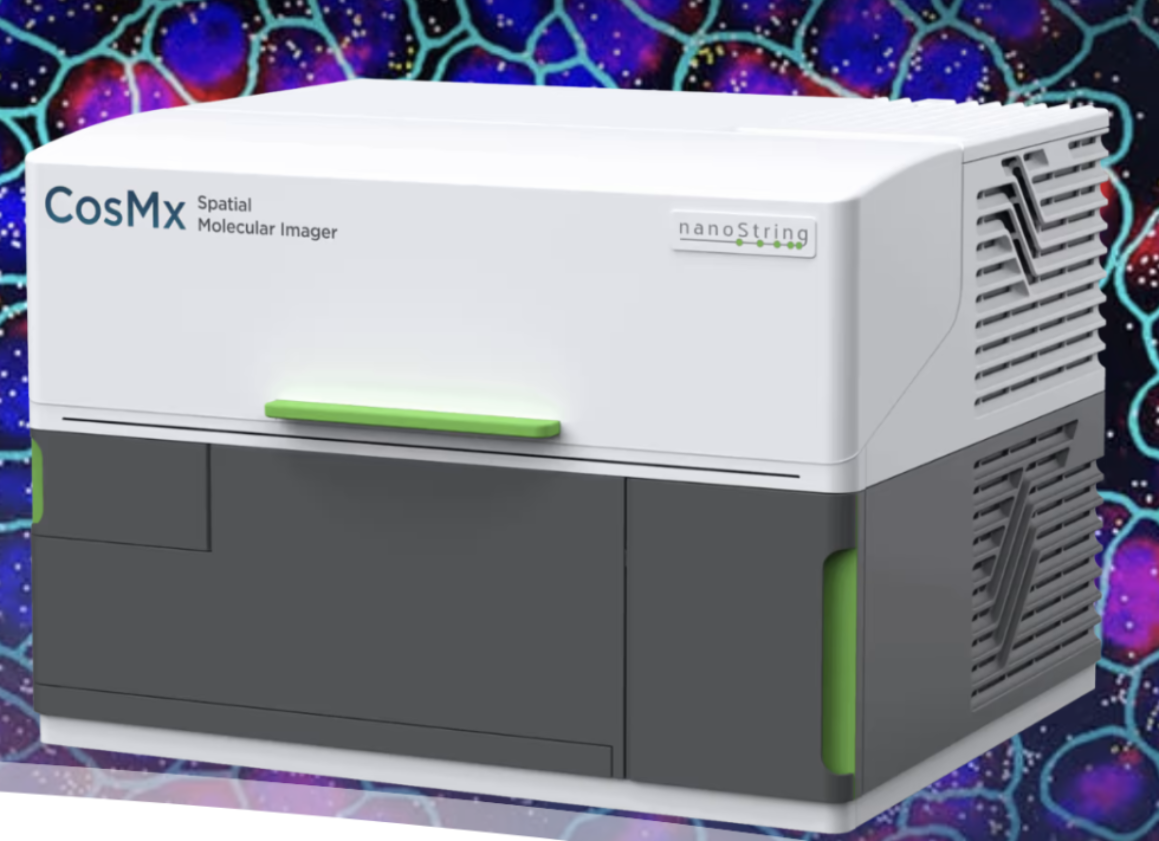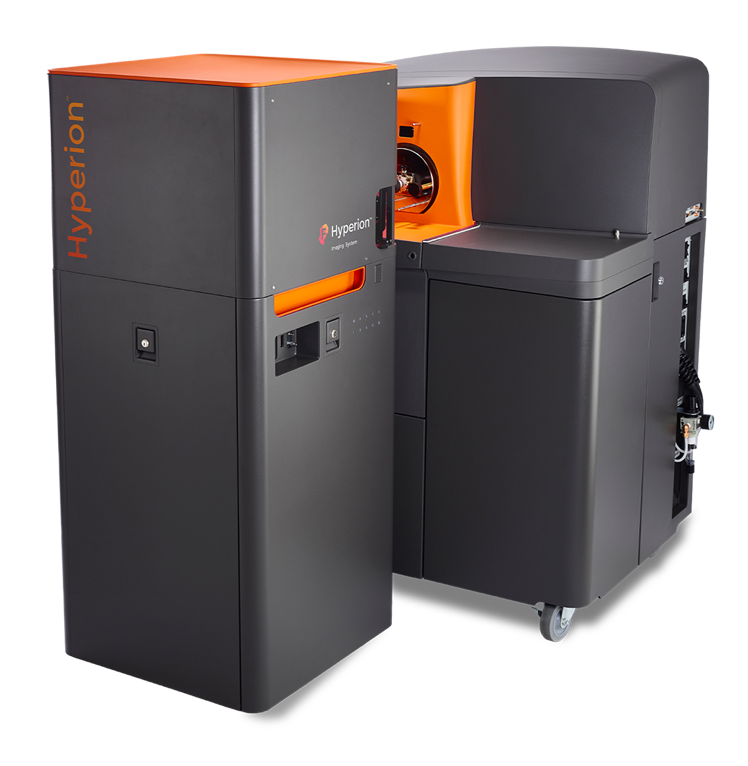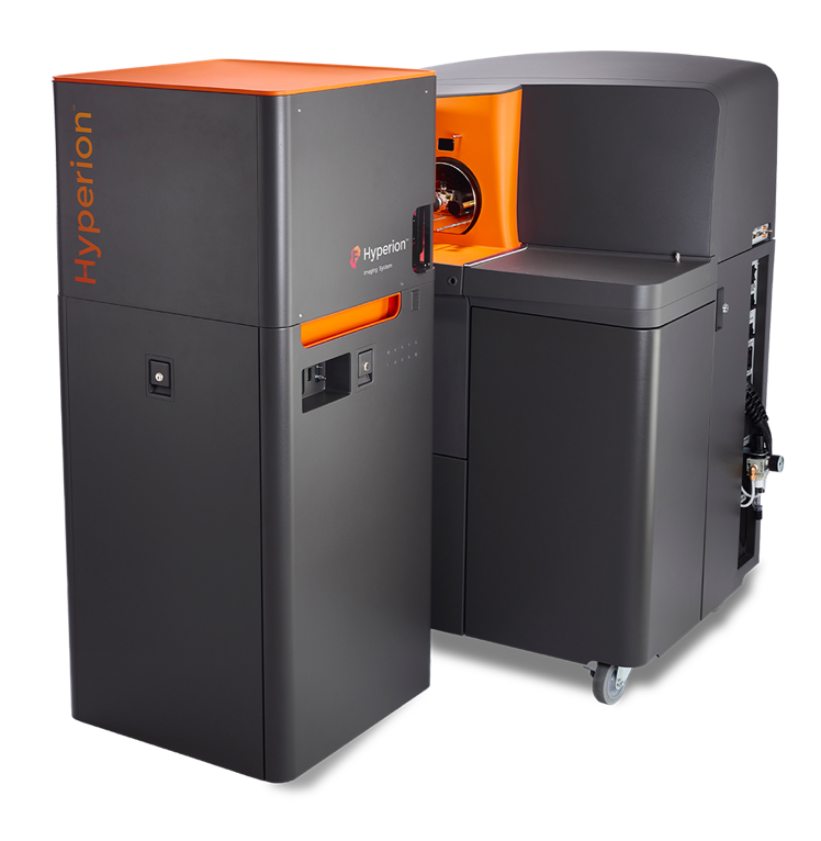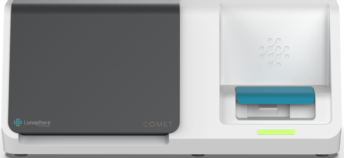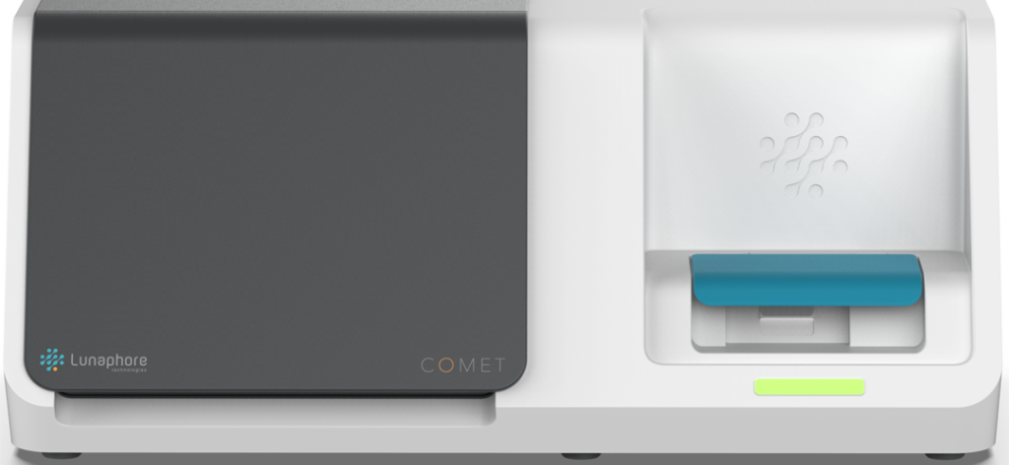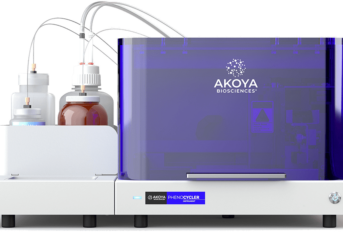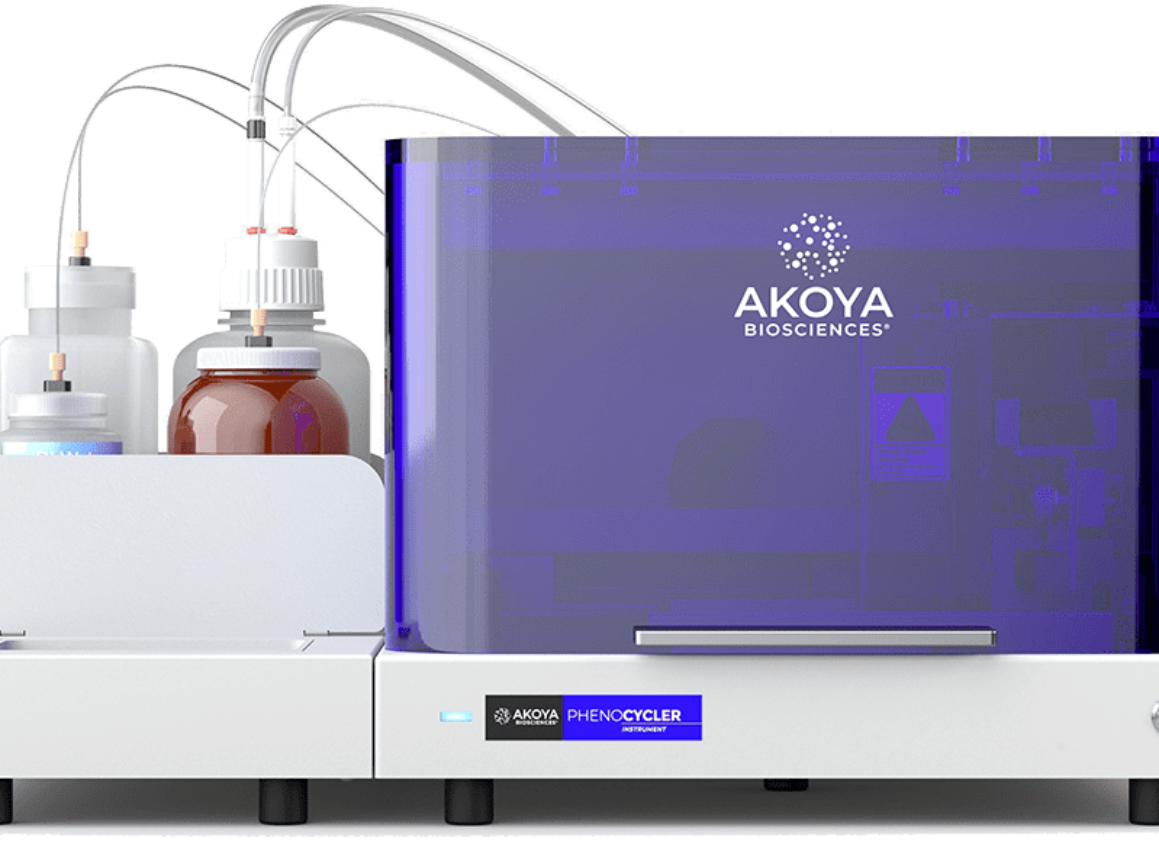Nanostring CosMx
Sirona Dx is the first CRO to provide access to the latest spatial multiomics 3D imaging technology from Nanostring.
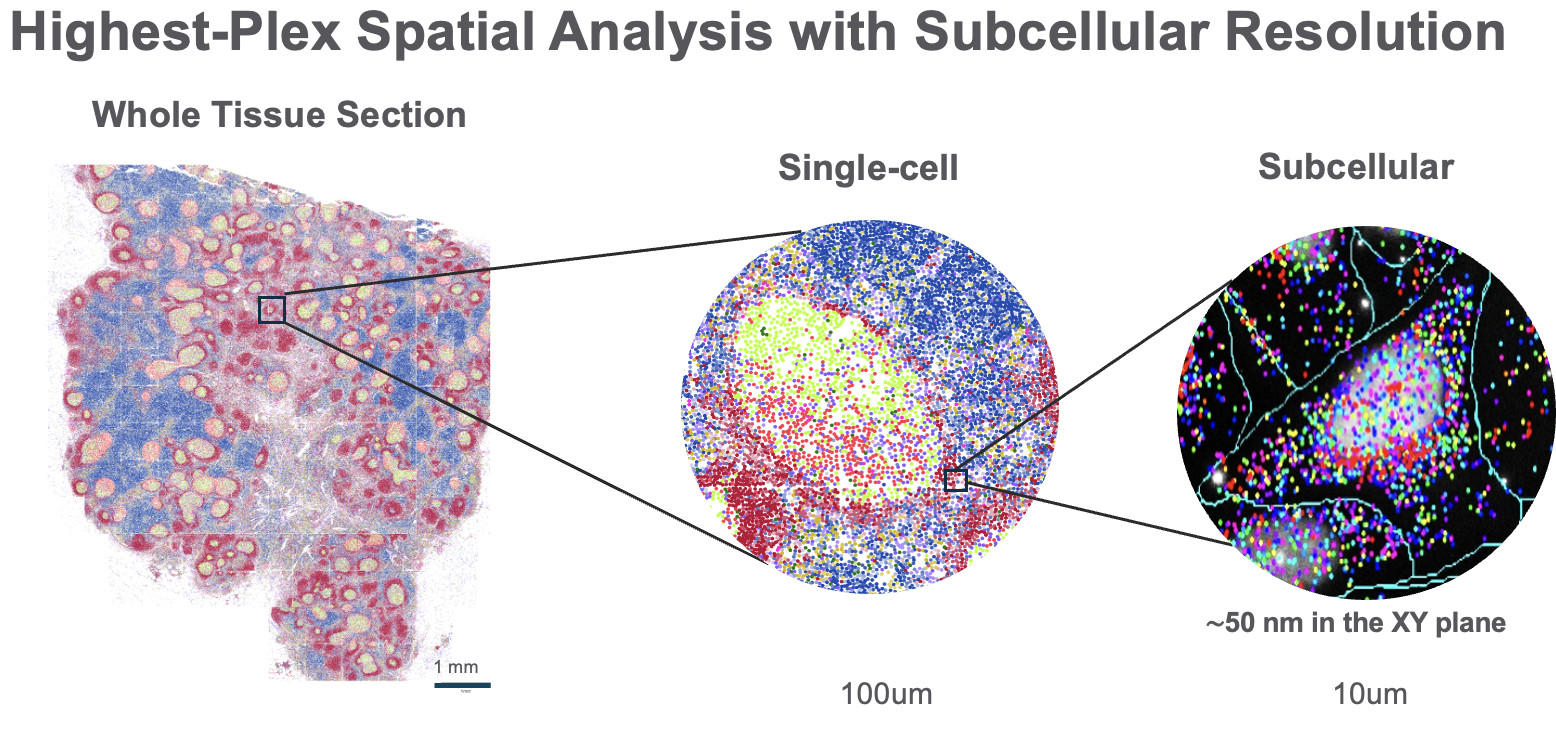

Comprehensive End to End Service Includes:
- Assay customization
- Custom conjugation & verification
- Multiplex Assay Optimization
- Slide Staining
- Advanced Bioinformatics Analysis
Applications
- Biomarker discovery and development
- Immuno-oncology
- Inflammatory and autoimmune diseases
- Neuro-immunology
- Characterization of tissue microenvironment
- Therapeutic response
- Drug safety and toxicity
- Oncology
Please reach us at [email protected] for more information
Fluidigm Hyperion
The Hyperion™ Imaging Mass Cytometry (IMC) is based on laser ablation technology coupled with time-of-flight (TOF) mass cytometry. This technology allows for a comprehensive understanding of complex cellular phenotypes and their interrelationships in the spatial context of the tissue microenvironment.
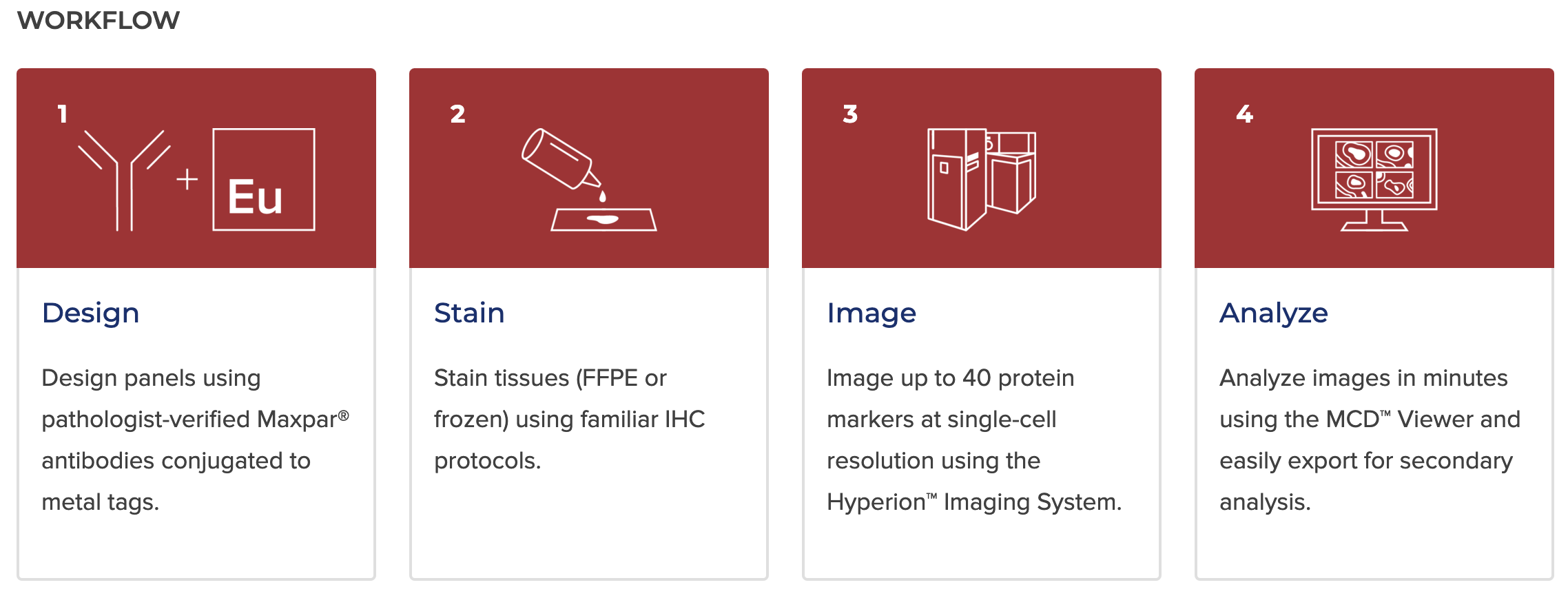

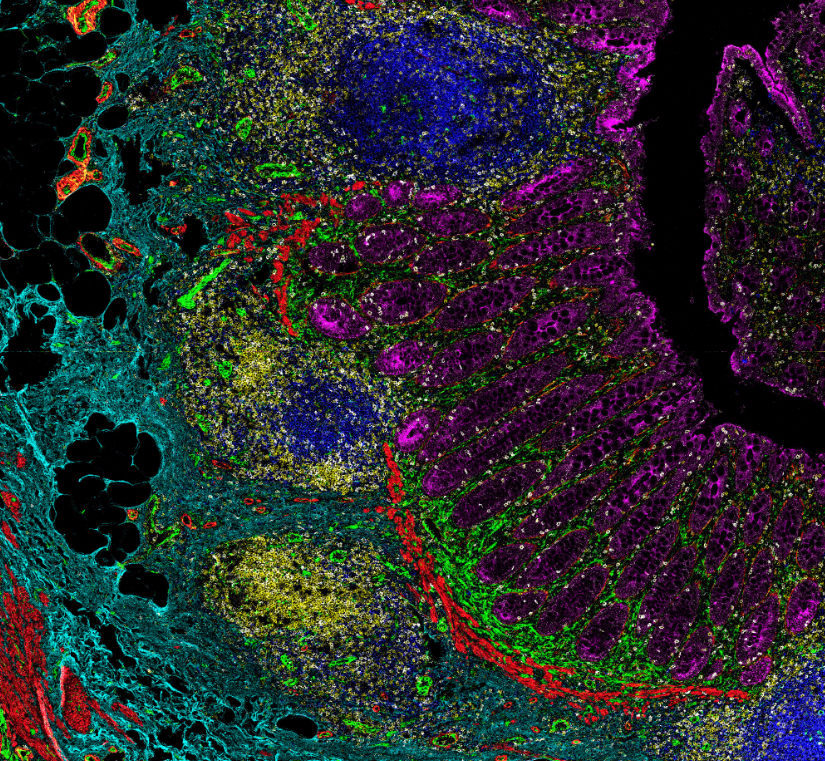

Comprehensive End to End Service Includes:
- Assay design (40 markers)
- Custom Ab Conjugation & Verification
- Multiplex Assay Optimization
- Slide Staining
- Laser Ablation & Image Acquisition
- Advanced Bioinformatics Analysis
IMC Applications
- Biomarker discovery
- Cell segmentation
- Immuno-oncology
- Infectious disease
- Phenotyping
Frequently Asked Questions
What sample types can be profiled by IMC?
Suitable biological sample types include frozen or formalin-fixed, paraffin-embedded (FFPE) tissue sections or cell smears (liquid biopsies) deposited onto glass slides.
What is the resolution of IMC?
1 µm. The IMC process directs a 200 Hz laser focused at 1 µm to tissues stained with metal-tagged antibodies and directs these metal tags to analysis by inductively coupled plasma time-of-flight (TOF) technology, the basis of CyTOF® mass cytometers. A discrete signal from each ionized metal tag is detected based on differences in mass instead of wavelength, and at 1 Da resolution with minimal background.
What Antibodies are available for IMC?
Since 2018, we have developed a large inventory of metal tagged IMC antibodies. Some are purchased directly from Fluidigm but many more are conjugated at our laboratory using metal labelling kits manufactured by Fluidigm. Our inventory is continuously expanding. If we don’t stock your marker/clone we can custom conjugate. Please contact us for more details.
Please reach us at [email protected] for more information
Lunaphore COMET
Sirona Dx is the first CRO in North America to provide access to the COMET™ platform from Lunaphore.
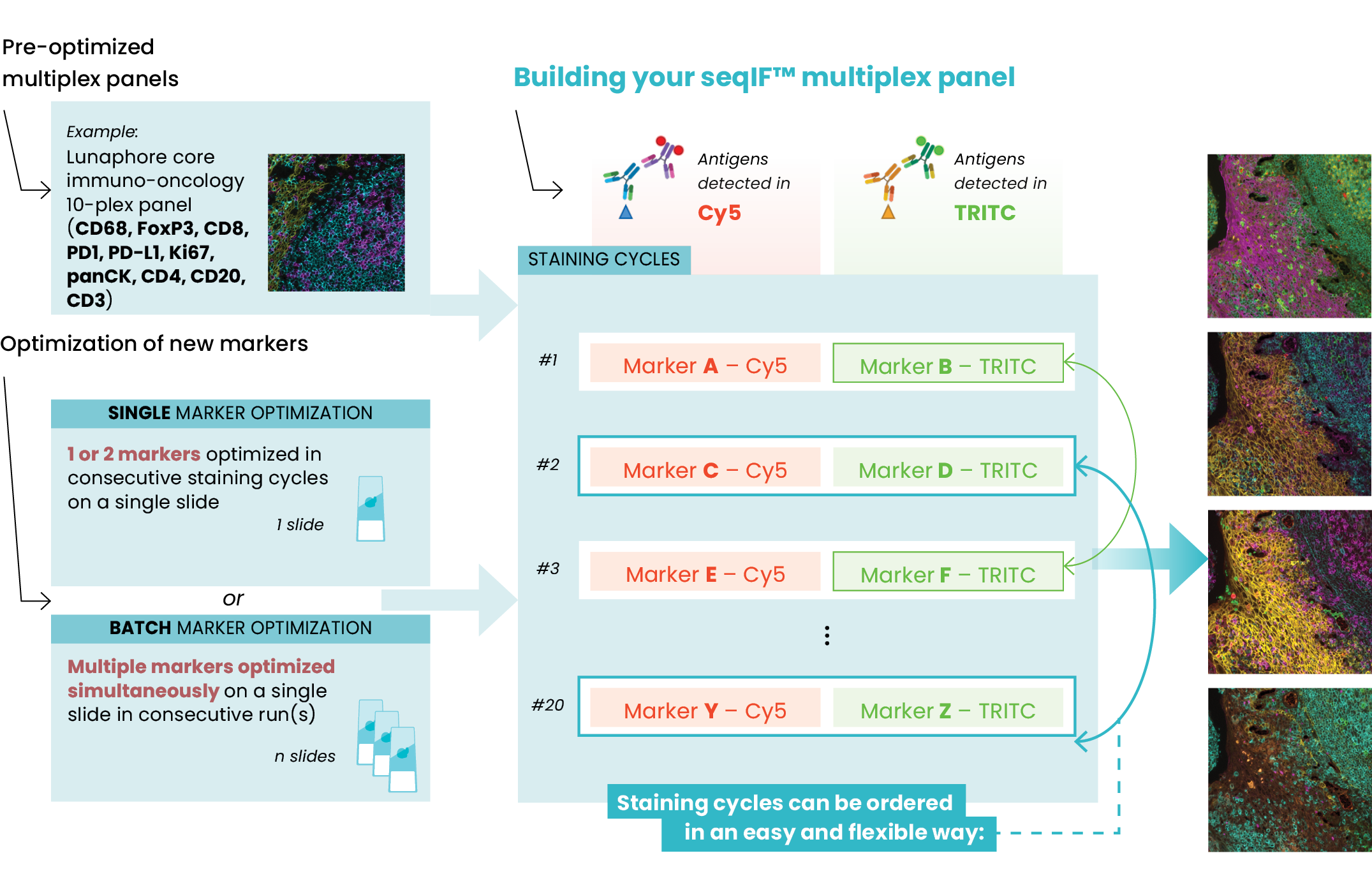

Figure 1. Hyperplex panels can be easily developed on COMET™ with guided protocols for optimization and flexible choice of marker positioning.
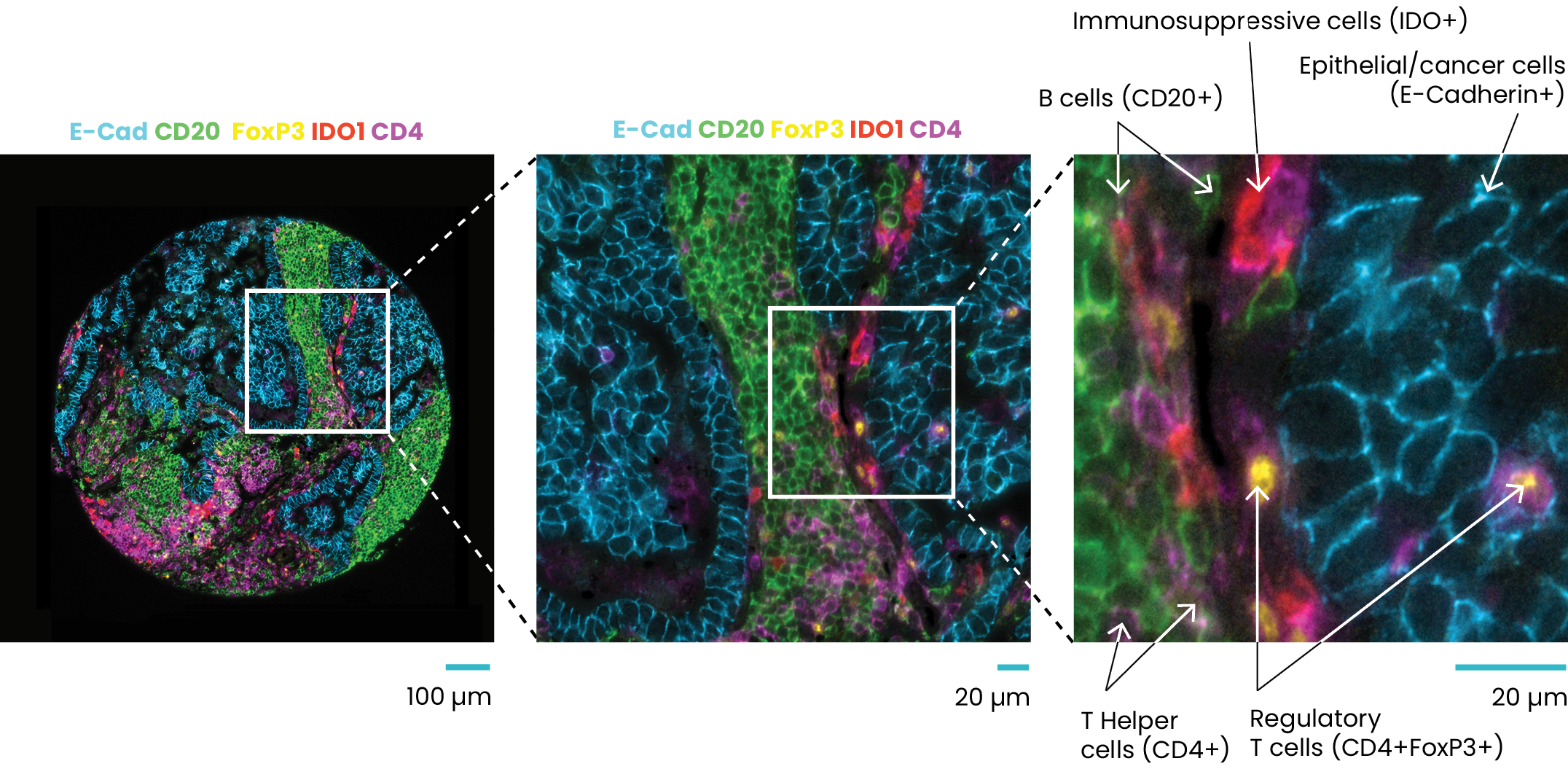

Figure 3. Single-cell resolution achieved with 40-plex staining on COMET™. The left panel shows five markers detected on a TMA of lung adenocarcinoma with lymph node metastasis. The middle and right panels show a selection of regions of interest (ROIs) to identify different cell types.
Akoya CODEX
Comprehensive End to End Service Includes:
- Assay customization
- Multiplex Assay Optimization
- Slide Staining
- Advanced Bioinformatics Analysis
Applications
- Biomarker discovery and development
- Immuno-oncology
- Inflammatory and autoimmune diseases
- Neuro-immunology
- Characterization of tissue microenvironment
- Therapeutic response
- Drug safety and toxicity
- Oncology
Please reach us at [email protected] for more information
The Akoya CODEX/Phenocycler ™ platform provides high parameter spatial analysis in tissues of interest.
Comprehensive End to End Service Includes:
- Assay customization
- Multiplex Assay Optimization
- Bioinformatics Analysis
Applications
- Immuno-oncology
- Infectious disease
- Inflammatory diseases
- Immunoprofiling
- Drug discovery
Please reach us at [email protected] for more information

